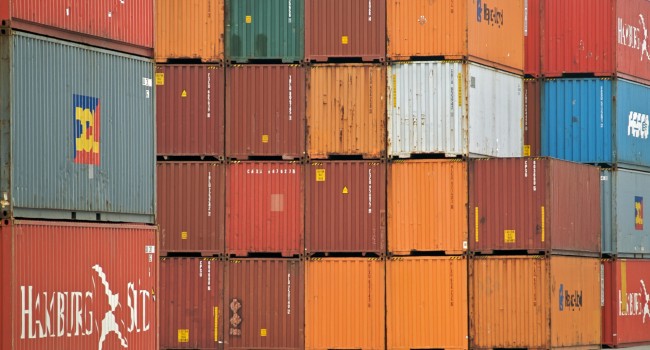To build a circular economy we must address the entire lifecycle of a product, including the end-of-use stage. When a product can no longer be used for its original purpose, recoverable materials and components in waste should be separated from waste streams and prepared for reuse or recycling in order to reduce the use of virgin resources. Increasing recycling and reuse rates is a key step to achieving circularity. However, if the quality and value of materials and components are not considered properly, diverted materials and components from waste will be contaminated and not used at all, or will be used for low-grade purposes such as backfilling holes in excavated areas. This wastes the potential economic benefits of the materials.
Overall, recycling rates are increasing for the countries with data available, but centralized and periodically-updated data is only available for the European Union (EU) and countries in the Organisation for Economic Co-operation and Development (OECD). The recycling of municipal waste, which includes household waste, increased from 24% in 2000 to only 34% in 2020 in the OECD. The European Union (EU) achieved 48% in 2022, but even this remains below their policy target of 60% in 2030. More efforts in recycling are necessary.
However, we cannot precisely assess the current status of recycling in the world. First, the recycling data of total waste is limited because many countries only track data for recycling of specific waste streams. Second, the data availability differs significantly across countries and regions. Third, different definitions of recycling rates makes it difficult to compare and put together recycling data.
Enablers and barriers
This shift aims to not only increase the amount of recycling and component reuse at end-of-use stages, but also to improve the quality and retain the value of these materials. In this regard, it is important to design products so that they are easy to disassemble and recycle. It is also important that the recycler uses cleaner sorting and separation processes and avoids contamination of the materials with impurities.
Several actions can help to accelerate progress in increasing the quantity and quality of reuse and recycling. This includes behavior change around sorting recyclables, regulations and incentives to increase reuse and recycling and improve the quality of recovered materials, and leadership from change agents. For example, deposit-refund and pay-as-you-throw schemes are policy instruments that incentivize stakeholders for a better sorted collection. The EU’s ecodesign regulation is one example of also spurring manufacturers to make products easier to recycle and disassemble. Extended producer responsibility can further incentivize manufacturers to design their products for better recycling. Additionally, stakeholder collaboration between manufacturers, retailers, waste collectors and recyclers can create effective collection and recycling schemes of waste products.
Watch a recording of this insightful discussion on how the world can transition from a “take-make-waste” economy to a circular economy – and in the process tackle climate change, protect biodiversity and promote equity.
